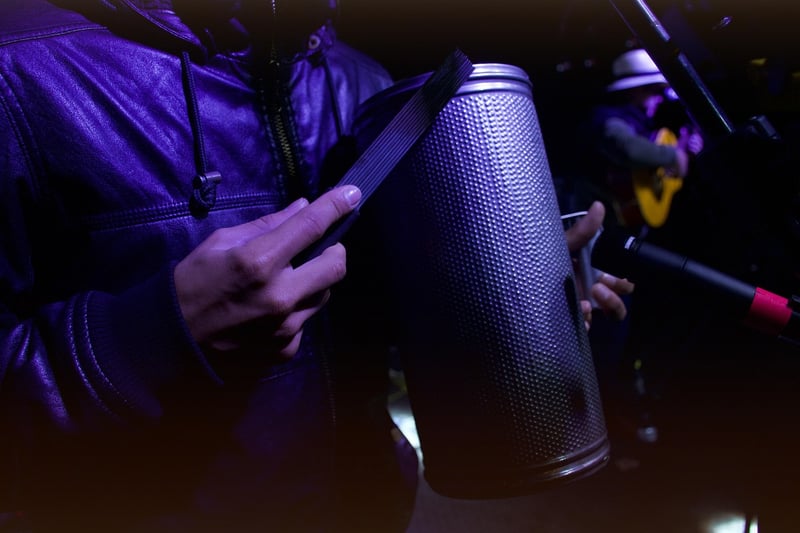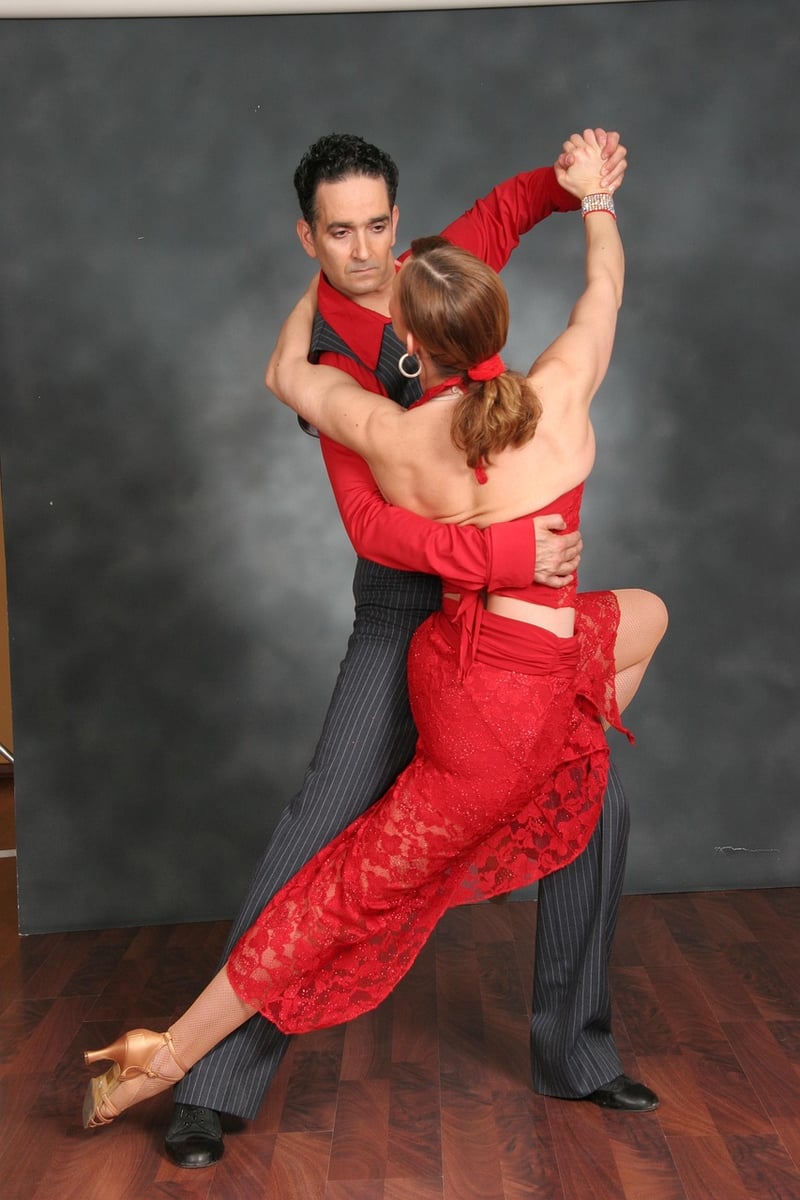Salsa
The Power of Expressive Movement in Salsa Dancing

Salsa dancing is not just about following the steps; it's about expressing yourself through movement. The combination of intricate footwork, body isolations, and fluid partner connections allows dancers to convey a wide range of emotions on the dance floor. This expressive movement is what sets salsa apart from other dance styles and makes it a favorite among dancers worldwide.
Connecting with the Music
One of the key aspects of expressive movement in salsa is the connection between the dancer and the music. Salsa music is vibrant and full of energy, with a variety of instruments and rhythms that inspire different movements and emotions. Dancers use the music as a guide, letting it dictate the speed, intensity, and style of their movements.
Body Isolations and Styling
In salsa dancing, body isolations play a crucial role in creating expressive movement. Dancers learn to move different parts of their body independently, allowing for intricate and visually captivating movements. Hip isolations, shoulder shimmies, and arm styling add flair and personality to the dance, making each performance unique.
Partner Connection and Communication
Expressive movement in salsa is not just about individual styling; it also involves connecting with your dance partner. Through subtle cues, eye contact, and body language, partners communicate and respond to each other's movements in real-time. This connection creates a dynamic and engaging dance experience that is both intimate and exciting.
Embracing Emotions on the Dance Floor
Salsa dancing provides a platform for dancers to express a wide range of emotions, from joy and passion to longing and sensuality. Through the fusion of movement, music, and partner connection, dancers can convey their feelings authentically and connect with their audience on a deeper level.
Conclusion
Expressive movement is at the heart of salsa dancing, allowing dancers to unleash their creativity, emotions, and personality on the dance floor. By connecting with the music, mastering body isolations, fostering partner communication, and embracing their emotions, dancers can create captivating and memorable performances that leave a lasting impression.
So next time you hit the dance floor, remember that salsa is not just a dance; it's a form of artistic expression that allows you to tell your story through movement.
